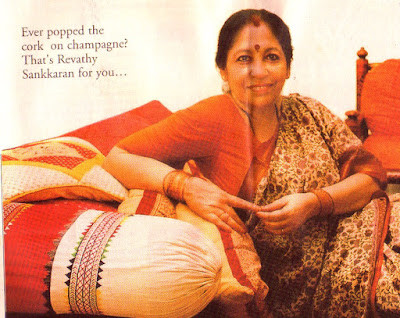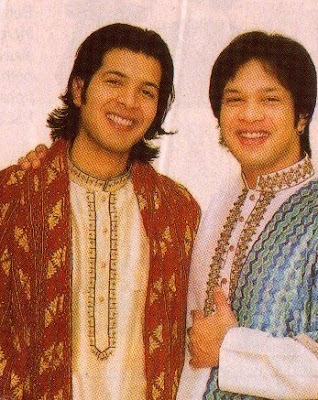


Telling Nadia’s Tale – Dorothee Wenner

American Desi – An Interview with Stephen Alter
“While working on my book, ‘Amritsar to Lahore: A Journey Across the India-Pakistan Border’, I travelled in a 3rd class compartment by train to Pakistan. Although it’s just a distance of 40 kilometres, it took nearly 15 hours, for the authorities to check the travel documents of all the passengers. I did have the option of taking a flight, but I wouldn’t trade it for the experience!” says Stephen Alter, who was in Chennai last week to speak on creative writing to students at a few city colleges.
Having collaborated on 2 screenplays, and written 4 books each of fiction and narrative non-fiction, not to mention innumerable short stories and reviews, the word, ‘prolific’ comes nowhere near describing Stephen Alter!
Those looking to dismiss him as an American tourist enamoured by Indian mysticism, may please note that Stephen is a third generation American in India belonging to Mussoorie. He studied there at Woodstock School, before moving to the US for further studies and research. At one time, he even taught Hindi at the American Embassy School in New Delhi, although he doubts very much if his students learned any Hindi from him! And yes, he is cousin to Tom Alter, a familiar face in Hindi films and English theatre.
Having straddled various genre in his writing, Stephen says, “It’s been a long time since one of my novels has been published, and a couple of them are still lying at home, waiting for a publisher. I still think of myself as a writer of fiction, although my recent books have been in the area of narrative non-fiction.”
Stephen’s foray into narrative non-fiction began with a memoir of his Mussoorie days. He then wrote about the journey from Amritsar to Lahore. For the next book, ‘Sacred Waters: A Pilgrimage up the Ganges River to the Source of Hindu Culture’, he undertook a Padyatra!
Stephen Alter’s latest book is Elephas Maximus: A Portrait of the Indian Elephant. “The subject itself was very interesting, and the research gave me the opportunity to visit wildlife sanctuaries and travel extensively across different parts of India from Kerala to Assam.”
Under the Fulbright Research Grant, he is currently based in Mussoorie, researching for his new book on nature-related folktales from the Himalayas. “Do you know that although some birds are common to different habitats, the folklore concerning them are different?” He says, of stories about bird-calls, that were his inspiration for the project.
India is at the heart of Stephen’s writing, be it fiction or non-fiction. Add travel to that equation, and you have one contented soul in Stephen Alter.
(edited version published on March 18, 2005 in Madras Plus, the city features supplement of The Economic Times, Chennai. Pic courtesy Seven Shots as published in magazine.)

Pulling Strings – Ram Lal

Tarrega to Thyagaraja – Nacho Corral & Belen Cantos








